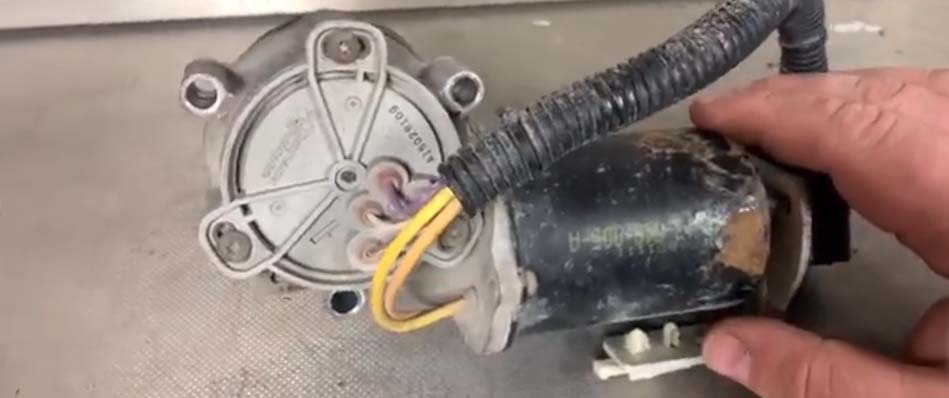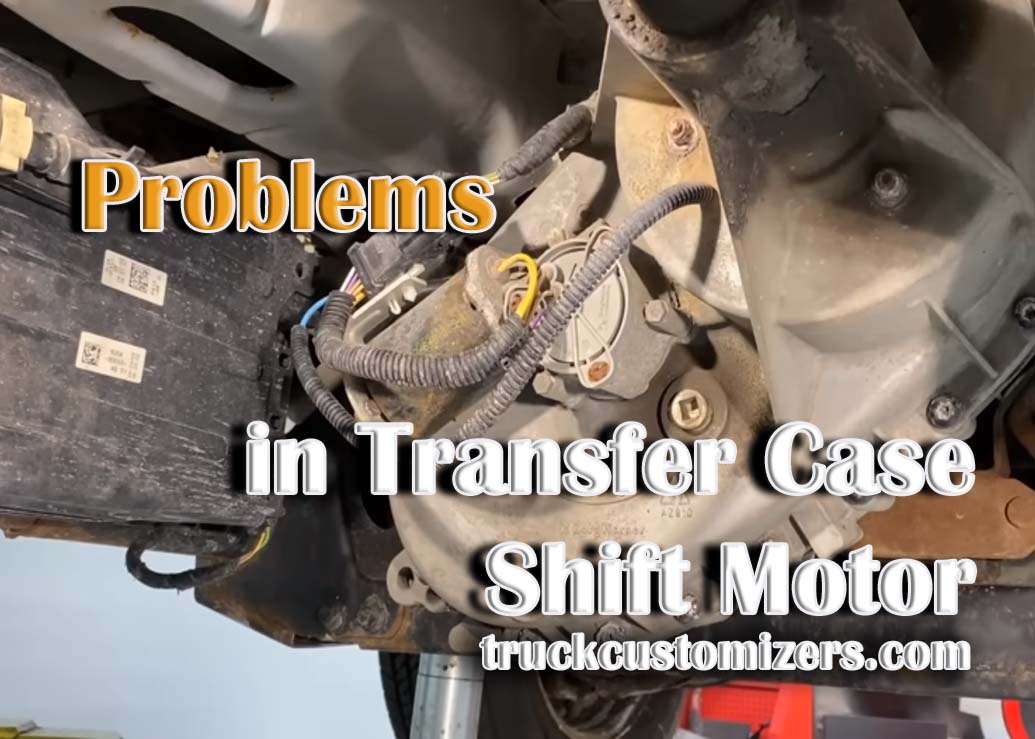Cars are complex machines with many parts working together. Among these parts, the transfer case shift motor in vehicles with four-wheel-drive or all-wheel-drive stands out. It plays a pivotal role in how the car responds to different terrains. Essentially, this motor is the control center for switching between driving modes. When it functions correctly, your drive remains smooth, and the vehicle easily adapts to changes. However, a malfunctioning motor can drastically affect your journey, causing potential safety concerns. Being well-informed about this motor’s significance helps in early diagnosis of issues, potentially saving you from hefty repair bills and unsafe driving conditions.
Understanding the Job of the Transfer Case Shift Motor
At its core, the transfer case shift motor’s primary function is to switch your car’s drive mode. But what does this really mean for everyday driving? Picture a sudden downpour making roads slippery. Or envision a winter drive on snowy paths. In these situations, the car needs more traction, which is where the shift to four-wheel drive becomes essential. If the motor is in optimal condition, it will make the switch effortlessly. But if there’s a problem, the car might not adapt as needed. This failure to switch can lead to reduced car efficiency and can even pose risks in challenging terrains. Thus, the motor’s role isn’t just about convenience; it’s about safety and adaptability.

Spotting the Signs of a Malfunctioning Motor
A malfunctioning transfer case shift motor can exhibit a range of symptoms. Recognizing these symptoms can help you identify when something’s amiss. Here’s a list to guide you:
- Difficulty in switching between driving modes.
- Unusual noises, like clicks or grinding sounds, during an attempted switch.
- Dashboard indicators acting erratically, especially the one showing four-wheel drive mode.
- Increased fuel consumption due to the car being stuck in four-wheel drive mode.
- A feeling of the car dragging or not performing optimally, especially in terrains it previously handled with ease.
If you notice one or more of these signs, it might be time for a check-up.
How a Faulty Motor Impacts Vehicle Performance
The entire driving experience is a combination of several parts of the car working in harmony. The transfer case shift motor, though not often discussed in everyday conversations, plays a significant role in this. When it’s faulty, it’s like a key musician missing in an orchestra. The outcome? Your car’s performance suffers. Instead of navigating terrains with ease, you might find the vehicle struggling. Instead of efficient fuel consumption, you might notice an increase in your fuel bills. And over time, this strain can cause wear and tear on other components, potentially leading to broader, more expensive issues.
Tackling Transfer Case Shift Motor Problems
The first step in dealing with a problem is accepting its existence. Once you’ve identified signs of a faulty transfer case shift motor, immediate action is essential. Consult a trusted mechanic. It might just be a minor issue that requires a simple fix, or it might be the early signs of a more significant problem. Addressing it head-on can save further complications. Additionally, while focusing on car maintenance, it’s worth diving deep into the choice of components. For instance, choosing components like the Best Oil Cooler for Powerstroke can significantly influence vehicle longevity and performance.
Concluding Thoughts on Timely Interventions
Caring for a car is a continuous process, and knowledge is power. Being aware of how each component, including the transfer case shift motor, impacts the overall vehicle health can be empowering. It allows for timely interventions, reduces unexpected breakdowns, and prolongs the vehicle’s life. It’s not just about saving money; it’s about ensuring every drive is safe and enjoyable. Investing time in understanding and maintaining these components can lead to rewarding journeys on the road.



